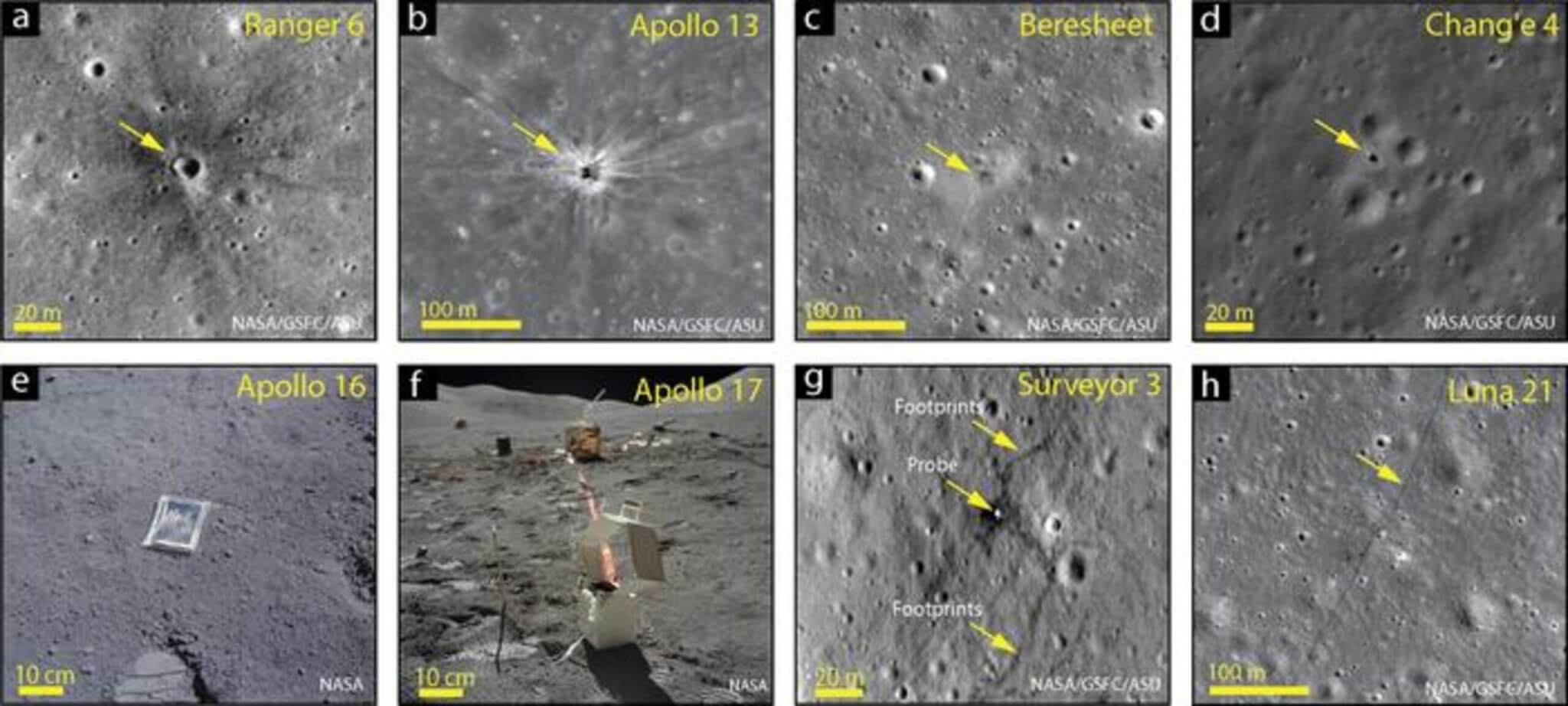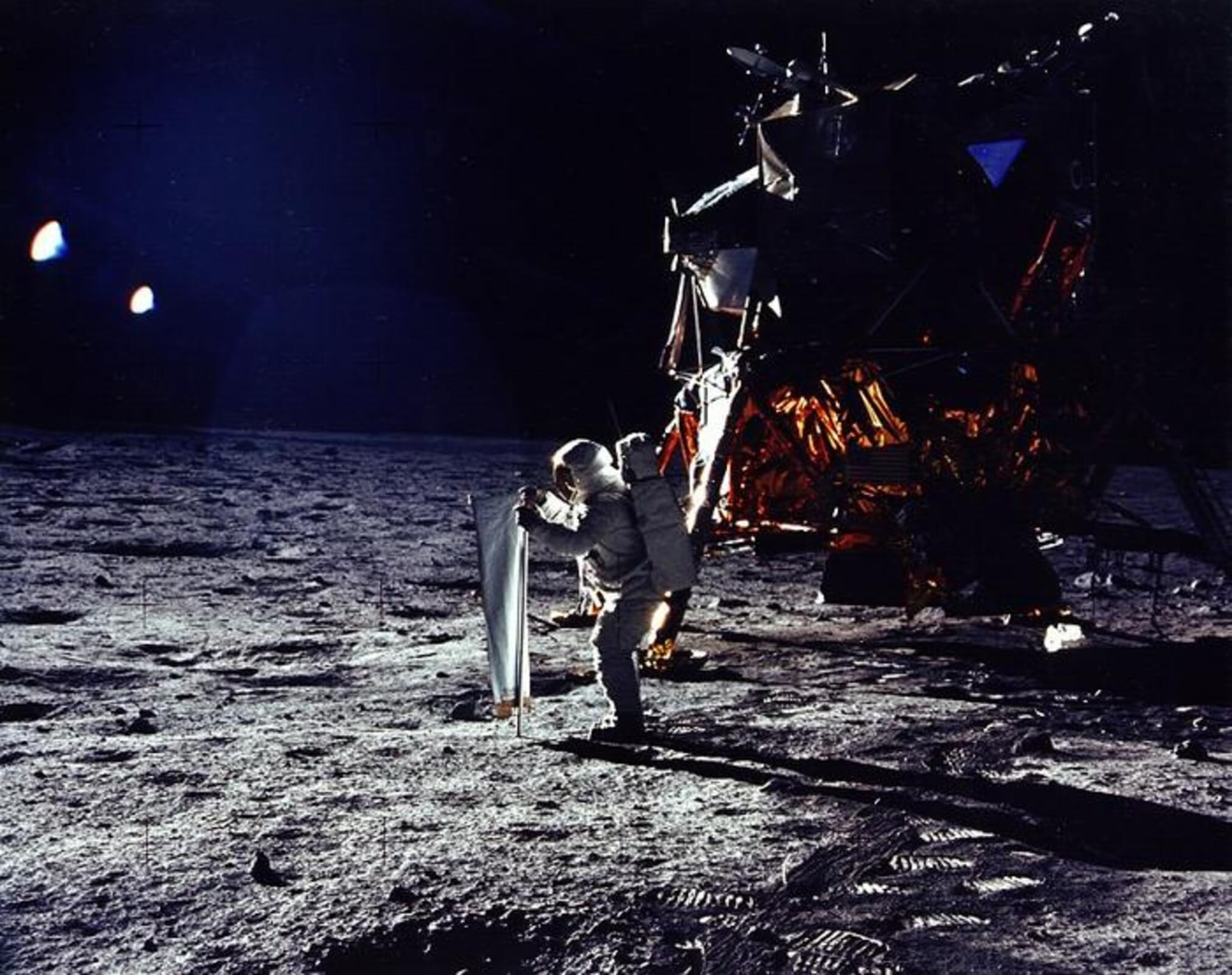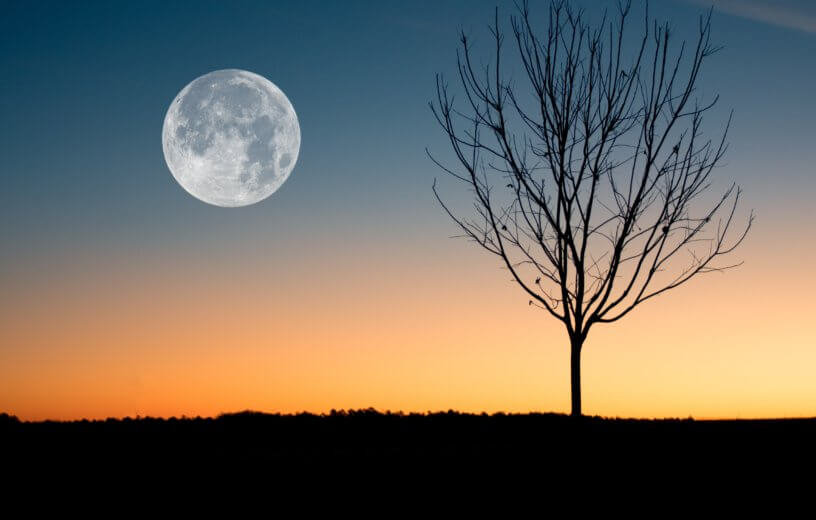LAWRENCE, Kan. — Is it time to usher in a new chapter in moon history? Scientists say the Moon is in the midst of a new geological epoch (a period of time) as human activity has drastically altered its environment.
Since Luna 2, the Soviet Union’s unmanned spacecraft, first disturbed Moon dust in 1959, human activity on the lunar surface has grown significantly. Over 100 spacecraft, manned and unmanned, have touched the Moon, modifying its environment in various ways. Notably, NASA’s Apollo Lunar Modules left an indelible mark on history by transporting humans to the lunar surface.
Now, anthropologists and geologists from the University of Kansas propose acknowledging human dominance in shaping the Moon’s environment by declaring a new geological epoch: the Lunar Anthropocene. Researchers suggest that the Lunar Anthropocene may have commenced in 1959 with Luna 2’s landing.
“The idea is much the same as the discussion of the Anthropocene on Earth — the exploration of how much humans have impacted our planet,” says stud lead author Justin Holcomb, a postdoctoral researcher with the Kansas Geological Survey at KU, in a university release.
“The consensus is on Earth the Anthropocene began at some point in the past, whether hundreds of thousands of years ago or in the 1950s. Similarly, on the Moon, we argue the Lunar Anthropocene already has commenced, but we want to prevent massive damage or a delay of its recognition until we can measure a significant lunar halo caused by human activities, which would be too late.”

The study aimed to dispel the belief that the Moon remains untouched by human influence.
“Cultural processes are starting to outstrip the natural background of geological processes on the Moon,” explains Holcomb.
“These processes involve moving sediments, which we refer to as ‘regolith,’ on the moon. Typically, these processes include meteoroid impacts and mass movement events, among others. However, when we consider the impact of rovers, landers and human movement, they significantly disturb the regolith. In the context of the new space race, the lunar landscape will be entirely different in 50 years. Multiple countries will be present, leading to numerous challenges. Our goal is to dispel the lunar-static myth and emphasize the importance of our impact, not only in the past but ongoing and in the future. We aim to initiate discussions about our impact on the lunar surface before it’s too late.”
The researchers highlight the absence of “Leave No Trace” principles on the Moon, noting the presence of discarded spacecraft components, human waste, scientific equipment, flags, and other objects left behind by missions. They warn of the potential impact on the delicate lunar exosphere and call for future missions to mitigate harmful effects on lunar environments.
Beyond emphasizing humanity’s negative environmental impact, researchers stress the vulnerability of lunar sites with historical and anthropological significance, lacking legal or policy protections against disturbance.
“A recurring theme in our work is the significance of lunar material and footprints on the Moon as valuable resources, akin to an archaeological record that we’re committed to preserving,” says Holcomb. “The concept of a Lunar Anthropocene aims to raise awareness and contemplation regarding our impact on the lunar surface, as well as our influence on the preservation of historical artifacts.”

Holcomb advocates for a concept termed “space heritage,” aiming to preserve lunar artifacts like rovers, flags, and footprints, considering them valuable resources akin to an archaeological record.
“As archaeologists, we perceive footprints on the Moon as an extension of humanity’s journey out of Africa, a pivotal milestone in our species’ existence,” concludes Holcomb. “These imprints are intertwined with the overarching narrative of evolution. It’s within this framework we seek to capture the interest of not only planetary scientists but also archaeologists and anthropologists who may not typically engage in discussions about planetary science.”
The study is published in the journal Nature Geoscience.
You might also be interested in:
- This Near-Earth Asteroid Is Actually A Chunk Of Our Moon!
- New NASA mission to Moon sets stage for routine space exploration
- NASA to launch ‘priority’ mission exploring mysterious domes on Moon’s surface

